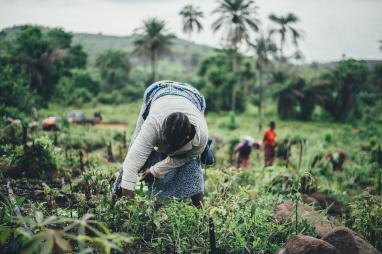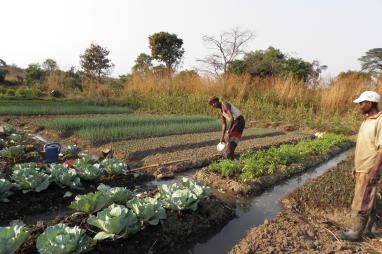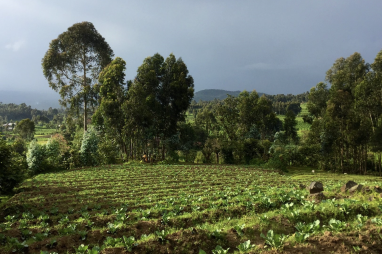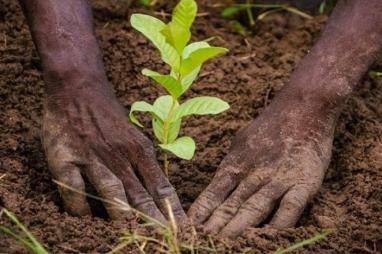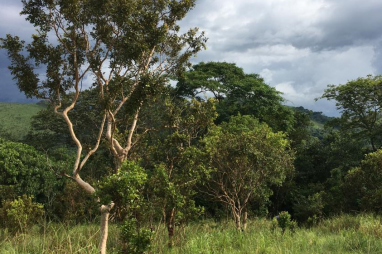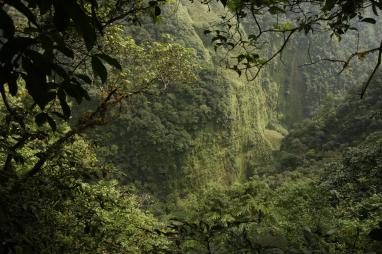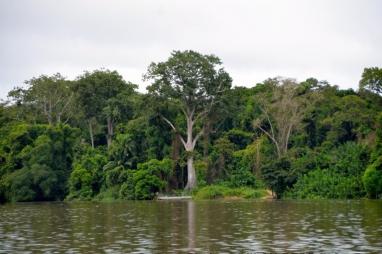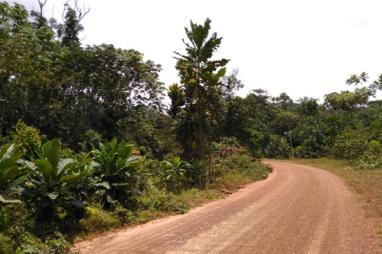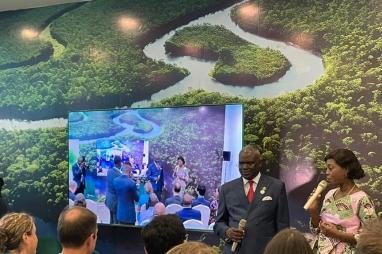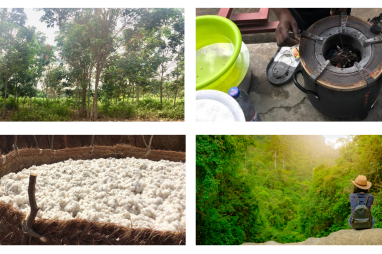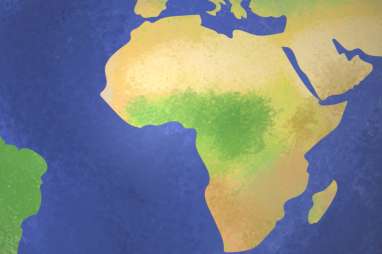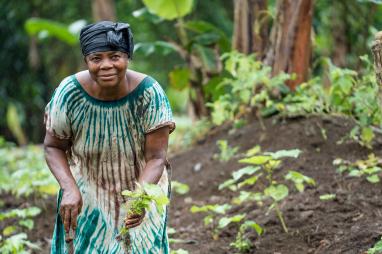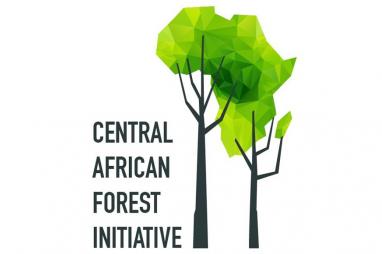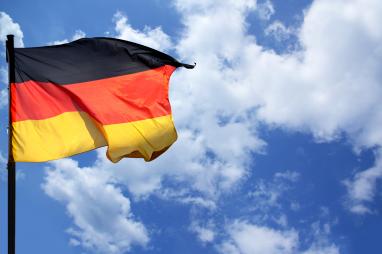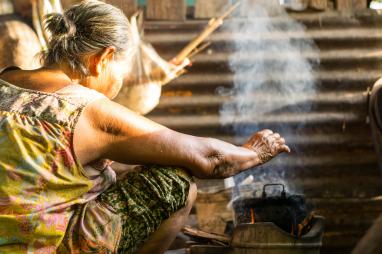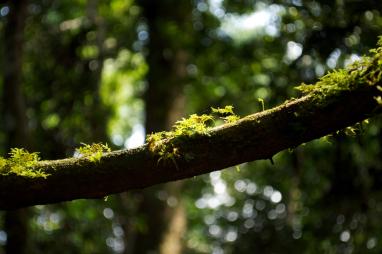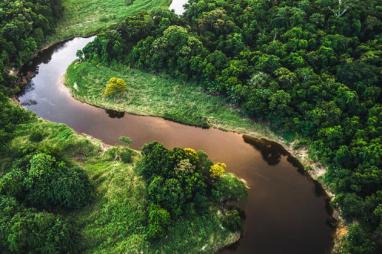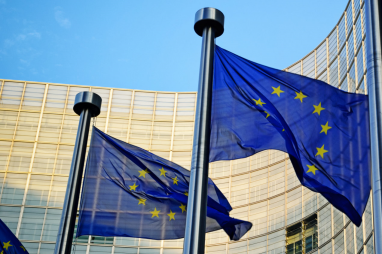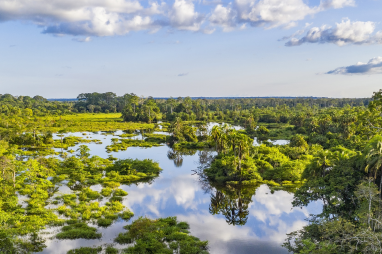The forests of the Republic of Congo span over 22.5 million hectares - that’s approximately three times the size of Ireland. While the country boasts one of the lowest deforestation rates in the Congo basin (see this graph on estimates of annual surfaces of deforestation and degradation), greenhouse gas emissions from deforestation and degradation represent the largest source of emissions, due to land use changes towards agriculture, mining or other activities and energy consumption patterns.
Conscious of its potential for climate change mitigation through reducing emissions from the Land Use, Land Use Change and Forestry sector, the country has set itself two main objectives: mitigating emissions from the energy sector and deforestation, and maintaining the potential for carbon sequestration by forests through better management of forests and reforestation. The Republic of Congo has for example forbidden agro-industrial concessions in forest areas and is operationalizing a system to verify timber legality.
The Republic of Congo and CAFI reached a new phase in their partnership in 2019, with the signature of a Letter of Intent that presented an overarching commitment of protecting peatlands by prohibiting any drainage and drying, and avoiding conversion of over 20,000 hectares of forest per year, and this only outside of forests that boast high carbon stocks and high conservation value.
Partnership at a Glance
With its stable and relatively low deforestation rate (0.06% per year for 2010-2020 (FAO)), the Republic of Congo holds real potential in carbon storage and biodiversity preservation.
However, forest loss and degradation led to the emission of 19.2 million tons of CO2eq in 2015 alone - the equivalent of burning 44 million barrels of oil.
million hectares of forests, covering 65% of the country
% of annual deforestation rate (2000-2016)
of forests allocated to logging concessions
US $ committed by CAFI (with 2 programmes approved, 4 in development, 2 concluded)
hectares per year: maximum area of forests that can be converted
sectors engaged to reach the commitments of the Letter of Intent
After two preparatory grants and the signature of the Letter of Intent, the Government of the Republic of Congo and CAFI are now jointly developing a pipeline of programmes on the basis of an agreed programming framework, that will be implemented as of 2021.
This pipeline includes wide-reaching programmes in key strategic sectors : sustainable land use planning, sustainable agroforestry practices for sustainable wood energy production and consumption practices; the development of an operational National Forest Monitoring System; and twin programmes for ensuring robust and constructive engagement of community representation and sustained engagement of civil society and the private sector.
Our programmes
Policy dialogue
The partnership between CAFI and the Republic of Congo is most ambitious in its multi-stakeholder and multi-sectoral approaches. Under the leadership of the Prime Minister, thirteen ministries, including those with the most impact on the Congolese economy, are engaged to turn the goals of the Letter of Intent into policy and practice at all levels.
Latest updates
Documents
Republic of Congo National Investment Plan (FR)
Republic of Congo National Investment Plan (FR), 28 Aug 2018
28 Aug 2018
Republic of Congo - Letter of Intent
Republic of Congo - Letter of Intent , 3 Sep 2019
3 Sep 2019
Overview of all CAFI EB decisions on the Republic of Congo
Overview of all CAFI EB decisions on the Republic of Congo, 28 Sep 2022
28 Sep 2022
2022 Report from the RoC-CAFI Partnership Annual Review (in French)
2022 Report from the RoC-CAFI Partnership Annual Review (in French), 23 Nov 2023
23 Nov 2023
Photocredit: ©Shutterstock/Fabian - Simple dirt road bridge over tropical river with dramatic clouds in Republic of Congo


